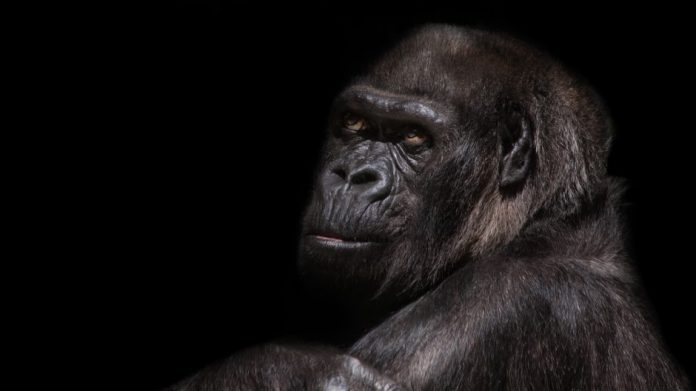leeThirty metres underground, in a cave so remote that they had to recruit slim scientists just to reach it, 1,550 bones belonging to at least 15 individual specimens of a new human ancestor were found. The new species was named Homo naledi. Naledi means “star” in the native language, an homage to the “Rising Star” cave system where the bones were found.
Marina Elliot, at the time a PhD student at the Simon Fraser University, was one of the recruited “underground astronauts”. Other Canadians involved in the discovery were Mana Dembo, another PhD student at Simon Fraser, Prof. Michelle Drapeau of the University of Montreal, and Prof. Matthew Tocheri of Lakehead University.
The bones of H. naledi were found in the Rising Star cave system in South Africa.
A little from column A, a little from column B
The bones are unlike anything that has been seen before. They combine features of specimens in the genus Australopithecus and the genus Homo. Australopithecus, which includes the famous Australopithecus afarensis (you might know her as “Lucy”), were ape-like creatures, more suited to climbing than walking.
Naledi, on the other hand, has a human-shaped skull yet a tiny brain case. Its shoulders and curved fingers are ape-like, but the feet are virtually indistinguishable from our own. Could this be our earliest direct ancestor? The fork in the family tree where one branch diverged to create Homo sapiens, as we know them? It’s still impossible to know for sure.
A confusing family tree
Recently, an international effort resulted in the publication of the Open Tree of Life, a database that stores the “family tree” of all living things on Earth, from one-celled organisms all the way to humans.
The Tribe hominini is the one we’re talking about here. If you look at it, you might notice that there’s not that many branches. Australopithecus is not even featured. This is because there is still differing opinions and a lack of evidence of where these different species belong. H. naledi now adds another piece to the puzzle anthropologists are still putting together.
Resting in peace
There were other strange features of this fossil find. No other mammalian bones were found in the chamber while there were many in the adjacent chamber. None of the H. naledi bones were broken before death, likely ruling out accidental falls. No teeth marks were found on the bones, which would be expected if they had been dragged there by predators. Finally no rubble or stones were present that would point to the bones being washed in by flowing water. So with only one, hard to reach entrance, how did the bones get there? Prof. Lee Berger, the lead scientist on the study, speculates that the bones were placed there on purpose. This would hint at respect for the dead and burial rituals, a hallmark of modern humans, but not expected in such a primitive species. Yet, how H. naledi could get to the remote cave entrance in the pitch dark while dragging a corpse remains unknown.
The next step is dating the bones. Figuring out where H. naledi belongs in our family tree depends on it.









































